#for love or for country: the arturo sandoval story 2000
Text








For Love Or For Country: The Arturo Sandoval Story (2000), dir. Joseph Sargent.
#for love or for country: the arturo sandoval story#for love or for country: the arturo sandoval story 2000#for love or for country the arturo sandoval story#for love or for country the arturo sandoval story 2000#2000s#joseph sargent#andy garcia#gloria stefan#mía maestro
5 notes
·
View notes
Photo

Arturo Sandoval - Cuban jazz trumpeter, pianist, composer Arturo Sandoval is a Cuban jazz trumpeter, pianist, music composer. He is known for Underdog Kids (2015), For Love or Country: The Arturo Sandoval Story (2000), At Middleton (2013), The Mule (2018), Never Wake a Sleeping Man (2019), Iron Coffin (2019).
3 notes
·
View notes
Photo



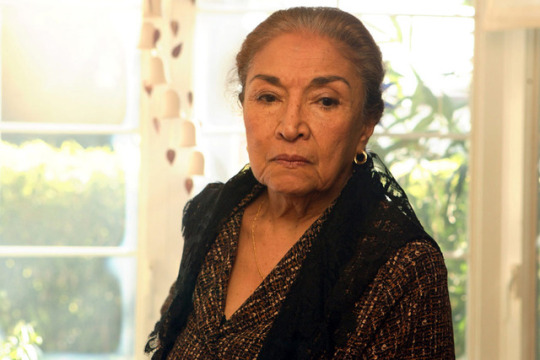
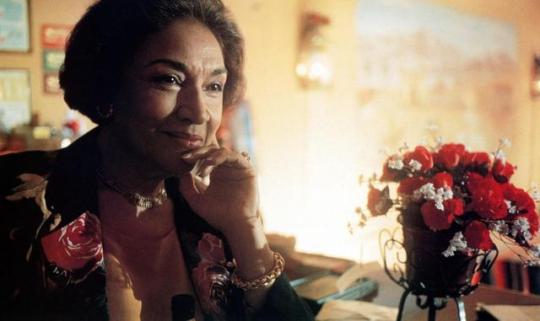
RIP Miriam Colon (1936–2017) - Puerto Rican veteran actress best known for her role as Mama Montana in Scarface (1983) and as Mercedes in the Goal! trilogy (2005/2007/2009) passed away yesterday at age 80. Member of the Actors' Studio under the training of Elia Kazan, Colon made her film debut in 1951 with Los peloteros, in a career that lasted more than seven decades. Among her more than 100 films and TV appearances are films such as One-Eyed Jacks (1961), A Life of Sin (1979), Back Roads (1981), City of Hope (1991), The House of the Spirits (1993), Sabrina (1995), Lone Star (1996), Sidney Lumet’s Gloria (1999), For Love or Country: The Arturo Sandoval Story (2000), The Southside (2015); and TV projects as Bonanza, Gunsmoke, Law & Order, How to Make It in America, The Guiding Light, Better Call Saul. The curious fact about her role in Scarface was that though she played Al Pacino’s mother, she was only 4 years older than him yet left an impressive mark on viewers. Outside of the screen, she was founder and director of the Puerto Rican Traveling Theater in New York City, presenting Off-Broadway productions. In 1993, she received an Obie Award for Lifetime Achievement in the Theater.
4 notes
·
View notes
Text
REVEL IN CUBAN MUSIC
20 years ago the Buena Vista Social Club documentary and album were released to worldwide acclaim. Afro-Cuban music is still some of the most vibrant and infectiously rhythmic music in the world.
The Buena Vista Social Club is the story of a group of musicians who were trapped by history but who were also ultimately granted a reprieve, and as result revived a genre that was almost lost.
This week with the release of our friend Lucy Walker’s new film Buena Vista Social Club: Adios we celebrate the sounds and history of Cuban music.
BUENA VISTA SOCIAL CLUB: ADIOS (2017)
Lucy Walker (Wasteland and Crash Reel) brings us the sequel to Buena Vista Social Club which exposed the world to Cuba’s vibrant musical culture with a 1997 album and Wim Wenders’ documentary a couple years later. Now, against the backdrop of Cuba’s unique musical history, we hear the band’s story as they reflect on their remarkable careers and the extraordinary circumstances that brought them together.
Since the film’s release, many of the members of the Buena Vista Social Club – including Ibrahim Ferrer, Compay Segundo, Ruben Gonzalez and Orlando “Cachaíto” López – have died. But the sequel deftly and thoughtfully reflects on their legacy and efforts by surviving members Omara Portuondo, Manuel “Guajiro” Mirabal and Barbarito Torres to keep the group’s music alive.
“The music and the culture of Cuba are very much intertwined. So as these artists share their music, they are also sharing their incredible history. We are able to experience the last hundred years of the country’s history through their eyes,” producer Zak Kilberg said in a statement.
Some of these musicians lived into their seventies and eighties – and nineties in Compay’s case – before finding the type of global success that came with Buena Vista Social Club. Despite that, there is an optimism in their story that is unique and powerful. The Orquesta Buena Vista Social Club’s final tour also brought the group to the White House. There they performed for Barack Obama – just a few months after America restored diplomatic relations with Cuba for the first time in 54 years.
“For nearly two decades, this group has been a symbol of the strong bonds between the Cuban and American people. Bonds of friendship, culture and of course music,” the president said at the time.
BUENA VISTA SOCIAL CLUB (1999)
Wim Wenders’ film documents how eclectic guitarist and roots music advocate Ry Cooder brought together this ensemble of legendary Cuban musicians to record an album and to perform three times with a full line-up: twice in Amsterdam in April 1998 and at Carnegie Hall on the 1st of July.
Even though it’s just 110 miles from Florida, travel to Cuba was restricted for over fifty years following the Cuban Missile Crisis — so for the NYC concert many of the artists were setting foot in States for the first time. The film captures their reactions to this experience, plus footage of the sell-out concerts. It also includes interviews back in Cuba with each of the main performers.
The Oscar-nominated documentary includes appearances by Ry & Joaquim Cooder, Ibrahim Ferrer, Ruben Gonzales, Eliades Ochoa, Omara Portuondo, Compay Segundo and many other renowned Cuban musicians.
NOSOTROS LA MÚSICA (WE ARE THE MUSIC) (1964)
Cuban director Rogelio Paris’s documentary provides an incisive overview of the Cuban music scene before and after the Cuban revolution, 1940 – 1960 capturing the mood and vitality of Havana during its heyday.
Never before and never since has the diverse panorama of Cuban music been captured with quite as much style and cinematic flare. Filmed in the heady days of the 1960s, Nosotros la músicais is impregnated with the experimental spirit that put post-revolutionary Cuban cinema on the map. From the huge crumbling urban solares (apartment buildings) and callejones (alleys), to the flashy nightclubs, and finally to the rural jam sessions and church meetings of the island’s eastern mountains, director Paris goes deep into the soul of Cuban music and finds a stunning diversity often glossed over by foreign film crews.
The film, which has become a cult-like object of rediscovery, presents songs, popular music, and dances through a mix of Free Cinema and musical theater by an amazing range of locally and internationally famous performers of the time — Bola de Nieve, Celeste Mendoza, Elena Burke, Charanga Francesa, the Ignacio Piñeiro Septet, and various carnival troupes from Havana.
SWORN TO THE DRUM: A TRIBUTE TO FRANCISCO AGUABELLA (1995)
Les Blank documented American roots music for nearly fifty years. With this film he captures the rhythms of Latin jazz as transmitted by Cuban born percussionist Francisco Aguabella, a master of the conga drum who recorded with Frank Sinatra, Dizzy Gillespie and The Doors.
A revered figure in Afro-Cuban and Latin jazz drumming, Aguabella has been called “…a virtual Rosetta stone of African culture, who has been highly influential in the growth of Latin jazz, pop and fusion in the U.S.”
For Aguabeila, who migrated to the USA in 1957, drumming is an integral part of his santeria religion—he’s a master of the bata, a special ceremonial drum. Blank’s film explores Aguabella’s drumming styles, his religion, and features interviews with associates such as dance innovator Katherine Dunham and bassist ‘Cachao’ Lopez. But it’s the music itself that makes the most powerful case for Aguabella’s genius — and Blank’s film has plenty of it.
NIGHT IN HAVANA: DIZZY GILLESPIE IN CUBA (1989)
Focusing on one of the key figures in both bebop and Afro-Cuban jazz, this only film by director John Holland follows American jazz legend Dizzy Gillespie on a spring 1985 journey to forbidden island of the Caribbean. Gillespie defied US sanctions to travel to Cuba for a series of shows for the first time since Fidel Castro came to power, and perform at the fifth annual International Jazz Festival of Havana.
The film features a lot of performance with side men like Cuban trumpeter Arturo Sandoval, a Gillespie protégé who would eventually defect to the States. There are interviews, performance, and wonderful scenes of Gillespie mixing with crowds of eager locals and children.
In concert footage, the balloon-cheeked musician plays “A Night in Tunisia” and “Cubana Bop”, among other favorites. In interviews, the musician speaks about his past and the musical compositions which inspired him.
CON TODO MI AMOR RITA / WITH ALL MY LOVE, RITA (2000)
Prolific Cuban documentary director Rebeca Chávez brings us this profile of the great Cuban singer and actress Rita Montaner (1900-1958). She achieved international fame as Rita de Cuba – but in her homeland she was known as “La Única (the one and only).”
A classically trained pianist and singer, and a natural actress, Montaner became an international star of theater, film, radio, and television, performing in New York with Xavier Cugat and Al Jolson, in Paris with Josephine Baker, but always returning to Cuba where she was an enduring radio and stage celebrity. The documentary humanizes her mythical stature through personal accounts, recreations, and visual documentation of her professional life.
vimeo
REVEL IN CUBAN MUSIC was originally published on FollowTheThread
0 notes
Text
Selena, Before and After: Have You Seen These Other Latin Music Biopics?
Selena, Before and After: Have You Seen These Other Latin Music Biopics?
Independent Filmmakers and Spanish-language TV networks have taken up Hollywood’s slack when it comes to stories of Latin music legends.
It’s been 20 years since the movie Selena brought Selena Quintanilla’s short life and her songs to the screen, proving the box office draw of the story of a young Latina woman, as well as demonstrating, once again, a global audience’s enthusiasm for Latin music. But despite the Selena phenomenon, few Hollywood movies have focused on Latin music’s legends.
There were notable precedents: La Bamba, the story of Ritchie Valens with music recorded by Los Lobos, came out in 1987, 10 years before Selena.
https://www.youtube.com/watch?v=QX_TUO_rZl0
The fictionalized The Mambo Kings premiered in 1992. The movie was not a biopic, but it was a love song to Machito, Perez Prado, Celia Cruz, Desi Arnaz and other pioneers who brought the Cuban sound to the States.
https://www.youtube.com/watch?v=oxU60okVNYg
In the years since Selena, international independent filmmakers have paid tribute to legendary artists in their native countries, including Camarón de la Isla (Jaime Chavarri’s 2005 Camarón) and Violeta Parra (Andrés Wood’s 2011 Sundance World Cinema Prize winner Violeta Se Fue a los Cielos). El Benny, a Benny Moré biopic directed by Jorge Luis Sánchez, premiered at the Havana film festival in 2006. In 1993, Marcelo Piñeyro, who later became known for Plata Quemada and Kamchatkca, directed Tango Feroz, based on the life of Argentine rocker Tanguito. Those films are not just for fans. Beyond the attraction of the music, they are films that are compelling as social portraits twentieth-century Latin America and Spain.
https://www.youtube.com/watch?v=yHj2VAuvud0
HBO premiered For Love or Country, the story of Arturo Sandoval back in 2000.
https://www.youtube.com/watch?v=AQPdKGx0CAQ
But more recently (and you wonder why it wasn’t sooner), Spanish-language networks have found a niche producing musical biopics of Latin artists for an audience that logically embraces them. Hasta Que Conocí a 16-episode telenovela based on the life of the Mexican pop legend Juan Gabriel, aired on Telemundo in the U.S., attracting three million viewers for the series premiere. In Mexico, the final episode aired the night of the singer’s death, on Aug. 28 of last year.
https://www.youtube.com/watch?v=HMqvXU3D0pY
In 2015, Telemundo mined the fertile life of Celia Cruz (sorely neglected by Hollywood) with an 80-part “super series.” Univision premiered the Jenni Rivera biopic series Su Nombre Era Dolores, La Jenni Que Yo Conocí, which was opposed by members of the Rivera family, this past January. Telemundo has countered with its own “official” Rivera bio series, La Mariposa de Barrio, which is currently in production.
https://www.youtube.com/watch?v=KCMYMafPO74
Now going full throttle with biopics of Latin music stars, Telemundo also recently announced the production of Nace un Idolo, a series that tells the story of another popular Mexican singer, José José; and El Ganador, about current urban hitmaker Nicky Jam.
This article originally appeared on: Billboard
http://tunecollective.com/2017/03/22/selena-seen-latin-music-biopics/
0 notes
Photo


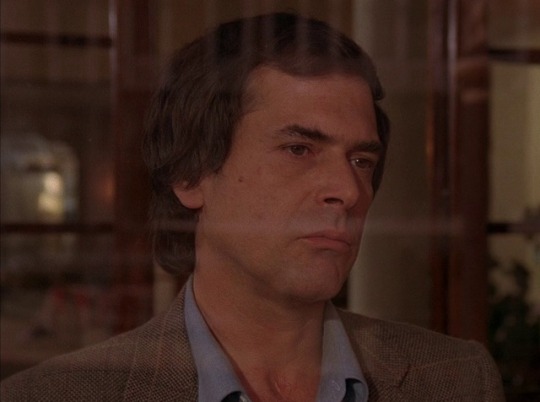


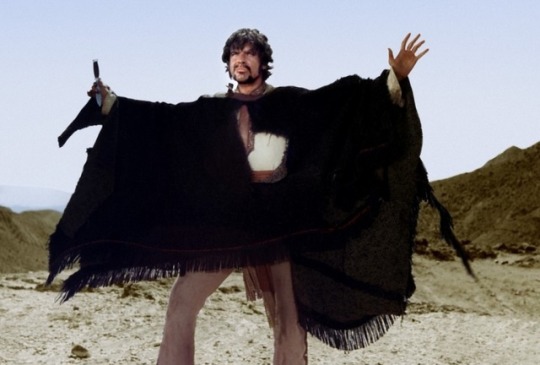

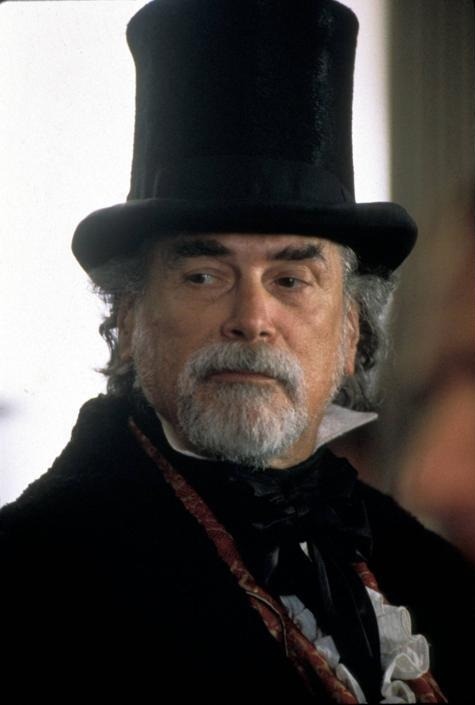
RIP Tomas Milian (1933-2017) - Cuban American-Italian veteran actor known for many spaghetti westerns in the 1960′s and still a great presence as a character actor in American films, usually playing villains, died yesterday. Method actor from the Actors Studio, his career started in 1958 with appearances on TV series and then his movie debut with La notte brava (1959), a film written by Pasolini. Then his career took off, appearing in more than 100 projects which include Boccaccio ‘70 (1962), Time of Indifference (1964), The Agony and the Ecstasy (1965), La resa dei conti (1966), Faccia a faccia (1967), Corri uomo corri (1968), Sentenza di Morte (1968), Life Is Tough, Eh Providence? (1972), Four of the Apocalypse (1975), Bertolucci’s controversial La Luna (1979), Antonioni’s Identification of a Woman (1981) Monsignor (1982), King David (1985), Tony Scott’s Revenge (1990), Havana (1990), Oliver Stone’s epic JFK (1991), The Cowboy Way (1994), as Darli Alves in HBO’s The Burning Season (1994), in Spielberg’s overlooked Amistad (1997), The Yards (2000), For Love or Country: The Arturo Sandoval Story (2000), La Fiesta del Chivo (2005), The Lost City (2005), and most recently Fugly! (2015). To current audiences, he’s best remembered as the mysterious General Arturo Salazar in Steven Soderbergh’s Traffic (2000),which earned Millian and his cast mates the SAG award for best ensemble performance. Truly one of the most special presences to ever grace to screen.
#Tomas Milian#In Memoriam#actors#tribute#Traffic#Amistad#JFK#The Burning Season#Corri uomo corri#Identification of a Woman#Faccia a faccia#my edits#my sets
0 notes